Twenty-five years ago this week, Alain Prost won his fourth world championship – and promptly retired. The car in which he achieved this final success, and which took Damon Hill to his first Grand Prix victories in the same year, was the technologically remarkable Williams-Renault FW15C.
This was the ultimate electronic aids car before most of the technology was banned for 1994. It featured active ride, traction control, ABS braking, a set-up that could be adjusted between corners and the ability – at the switch of a cockpit button – to stall the rear diffuser for reduced drag down the straights. The driver could also choose between manual and automatic gearshifts. In terms of the electronic ‘goodies’, the FW15C can be considered the most advanced F1 car of all time, even though knowledge has advanced enormously since 1993.
The FW15C was an evolution of the FW14B that had taken Nigel Mansell to the 1992 world championship. The 14B had been an active ride adaptation of an existing car, but the 15 was designed at the outset around the new technology, under the technical directorship of Patrick Head and Adrian Newey. Paddy Lowe, recently returned to Williams as Chief Technical Officer, was the systems engineer who wrote and developed most of the software necessary to make the active ride system work.
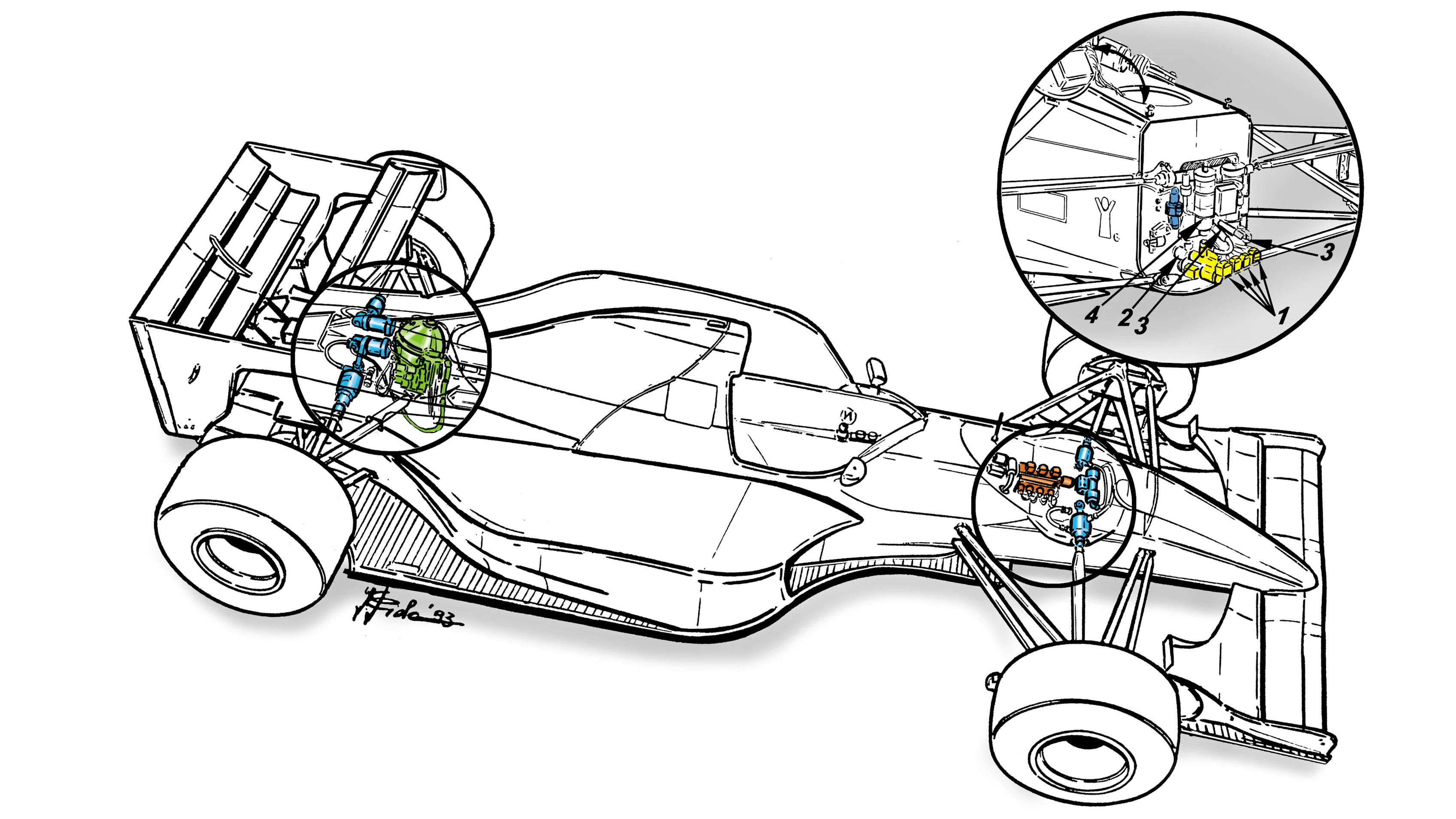
The use of hydraulic pressure to lengthen or shorten actuators fitted to each wheel (as determined by the computer reacting to the measured loads upon the car) allowed the platform of the car to be maintained in the most aerodynamically efficient position at all times. It was therefore immune to the otherwise inevitable aerodynamic compromise resulting when a conventional car pitches, dives or rolls on its suspension. This capability was worth whole seconds of lap time over conventionally-suspended cars and Williams were the first to fully exploit the technology, in partnership with AP.
Electronic digital control was the breakthrough that allowed the full potential of active ride – which had been tried on and off in F1 since 1983 – to be realised. This, in combination with Moog proportional servo control valves, finally gave the system the necessary response fidelity and reaction time.
Because the car could be kept in a much narrower range of ride heights and rake angles than a conventionally-sprung car, the aerodynamic surfaces could be made much more ‘peaky’ as the downforce was no longer required to be consistent over anything like as wide a range of attitudes. It allowed the front wing and diffuser in particular to be fashioned much more aggressively.
The FW15C was reported to have a lift:drag ratio improvement of 12% over the 14B – this despite a late-notice regulation change for ’93 that reduced the track of F1 cars to 1.8 metres (from 2.0) and which stipulated a minimum height above the ground for the front wing endplates. These changes, together with narrower rear tyres, might have been expected to have made the FW15C slower than its predecessor, but in fact it was significantly faster on almost every track.
Both cars featured exhaust-blown diffusers, but the more aggressive design of the ’93 car, together with development work on the engine mapping from Renault Sport, significantly increased the effectiveness of this feature. In addition, with the RS5 engine, Renault had given its 67-degree 3.5-litre V10 new con rods and revised the inlet and combustion chambers to give an extra 30bhp over the ’92 motor (taking it up to 780bhp). Bernard Dudot’s masterpiece, it remained F1’s best engine by far – more powerful than the Ford V8s in the McLarens and Benettons, lighter and less thirsty than the Ferrari V12s.
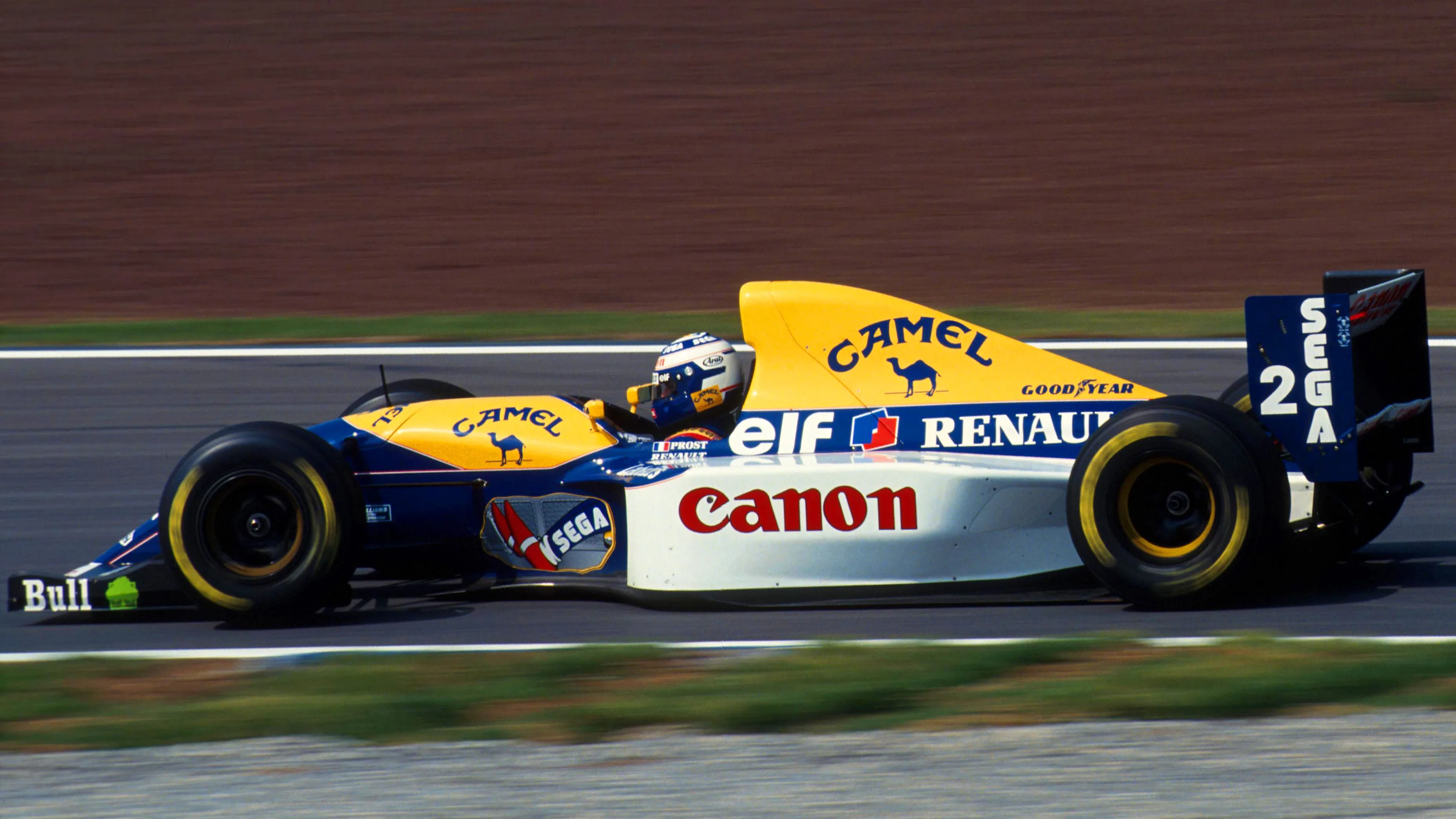
Other improvements over the FW14B included the addition of power steering, as the downforce levels being reached were beginning to make it difficult for smaller drivers to extract the maximum from the cars. Given that for ’93, Williams had replaced Nigel Mansell with Prost, this was an important feature.
There was also electrically-powered braking assistance – also to help the drivers exploit the increased braking potential arising from the downforce increase. The driver could choose to use the paddles behind the steering to change gear semi-automatically, or to leave it in auto mode when it would change up and down automatically at the appropriate time. As soon as the driver touched the paddles, it would revert to manual mode.
In the FW14B, the driver could also choose the car’s angle of attack by adjusting the front ride height via a knob. The ideal rake angle will vary according to the speed of the corner – and this allowed the driver to have his cake and eat it. But in the 15C, this feature was automated into the software – so the car would continually be changing its own set-up!
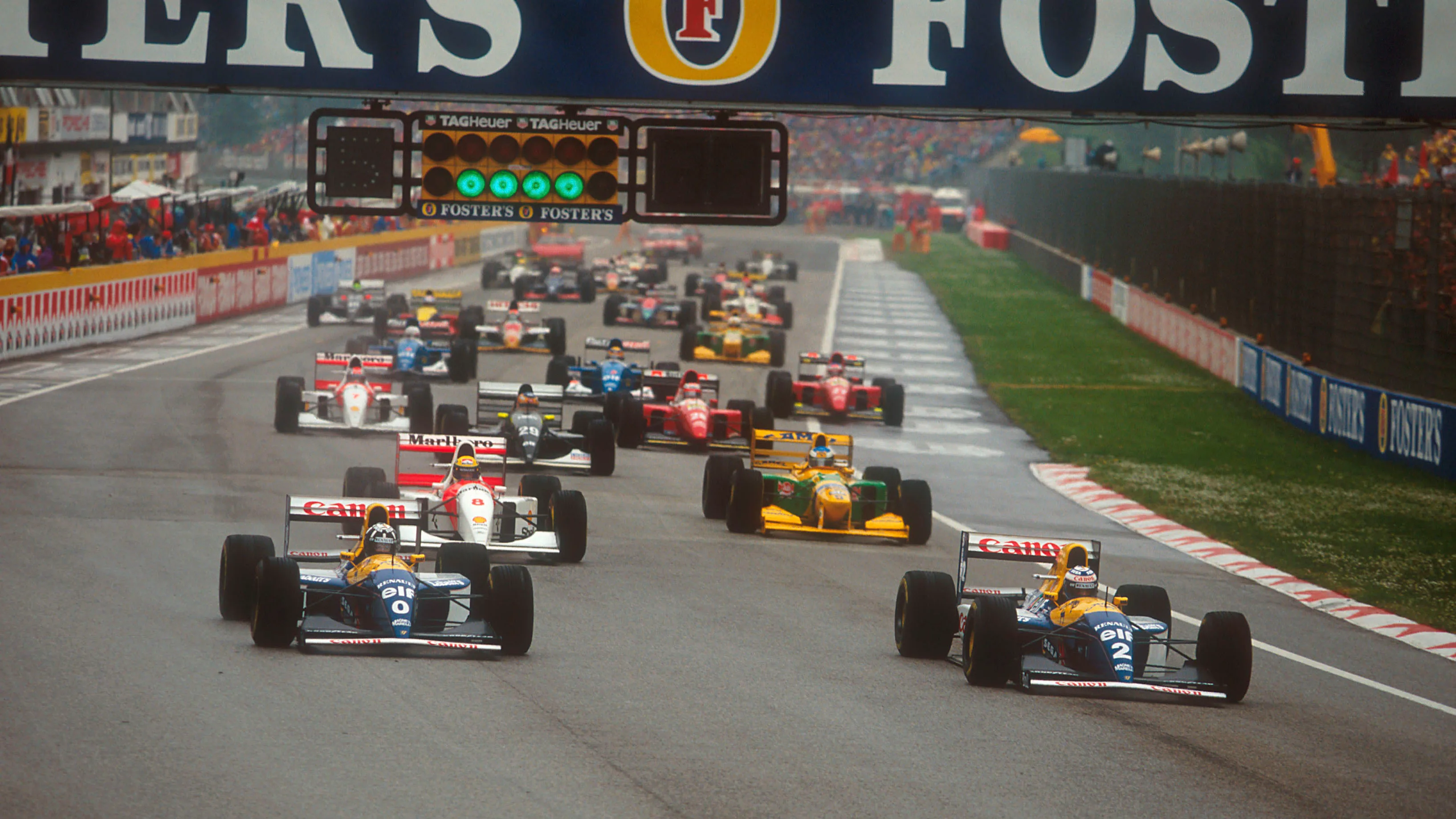
Another neat feature was a button that would lower the rear of the car and thereby stall the diffuser, which reduced the drag of the car considerably. This was incorporated via the software to give the engine an extra 300rpm when used. It was effectively a ‘push-to-pass’ button. Anti-lock braking was introduced from the French Grand Prix onwards.
For ’94, the governing body banned active ride and most of the associated ‘automatic’ electronic technology – and a new, different era of F1 began. So the FW15C stands as the ultimate showcase for where F1 would have been headed but for the interruption of regulation to contain the speed and give more control back to the driver.
For more insight on the FW15C - and much, much more - be sure to listen to this week's edition of Beyond The Grid, presented by Bose, with special guest Alain Prost (released on Wednesday).
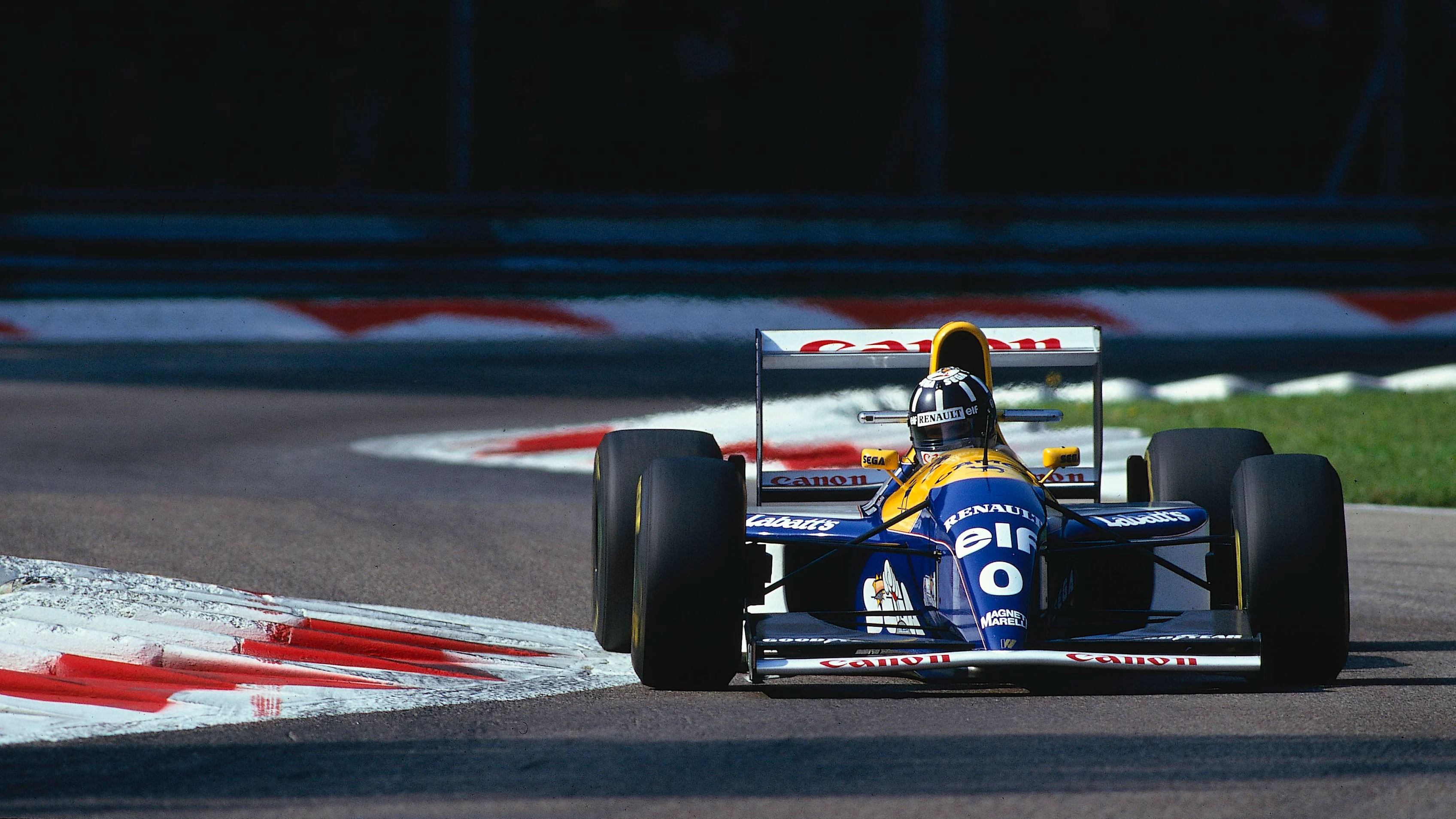
Next Up

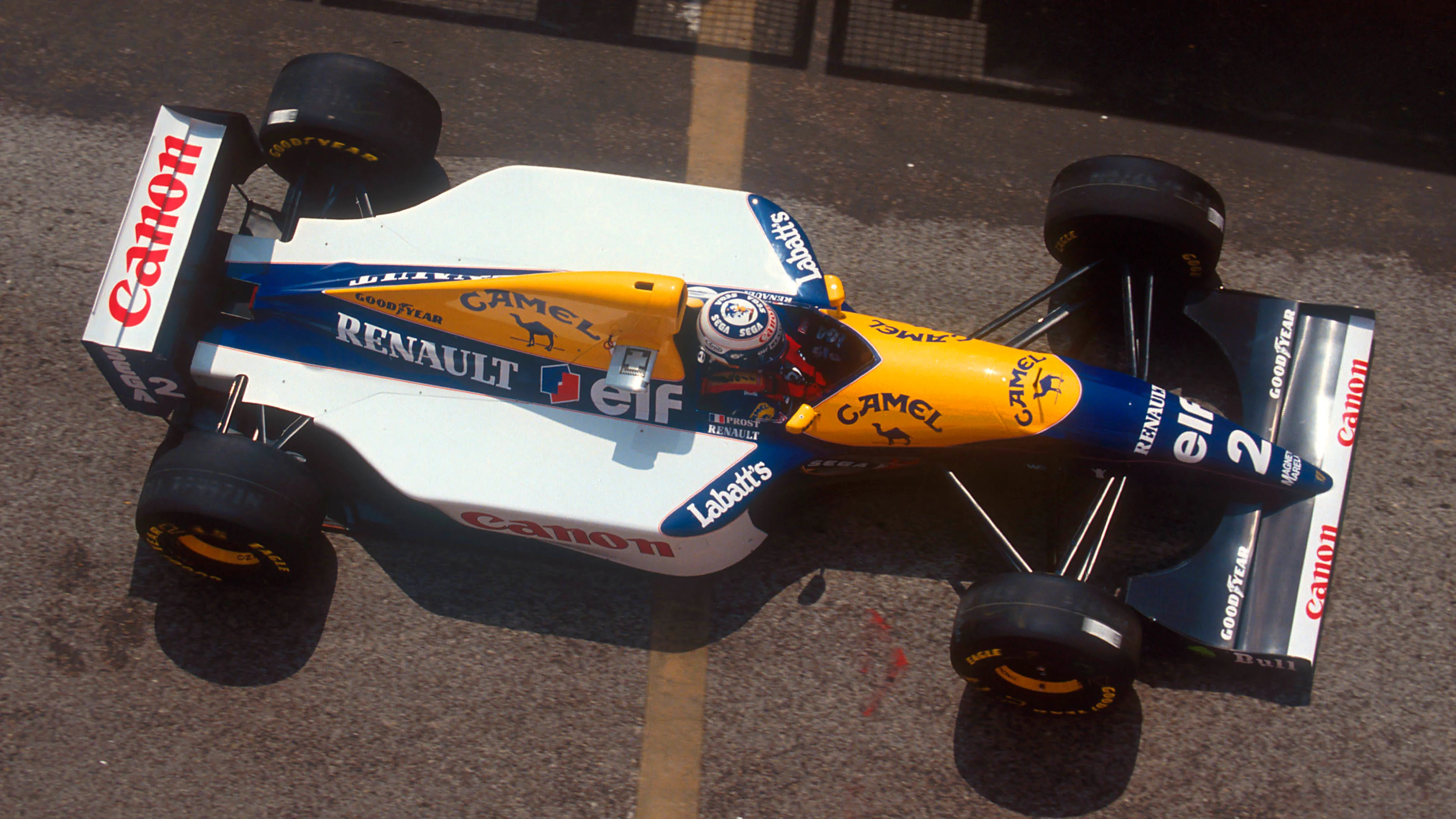

/16x9%20single%20image%20(3).webp)

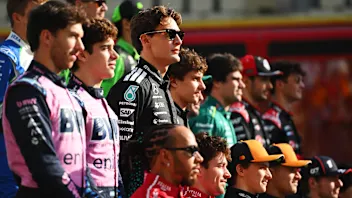
.webp)
